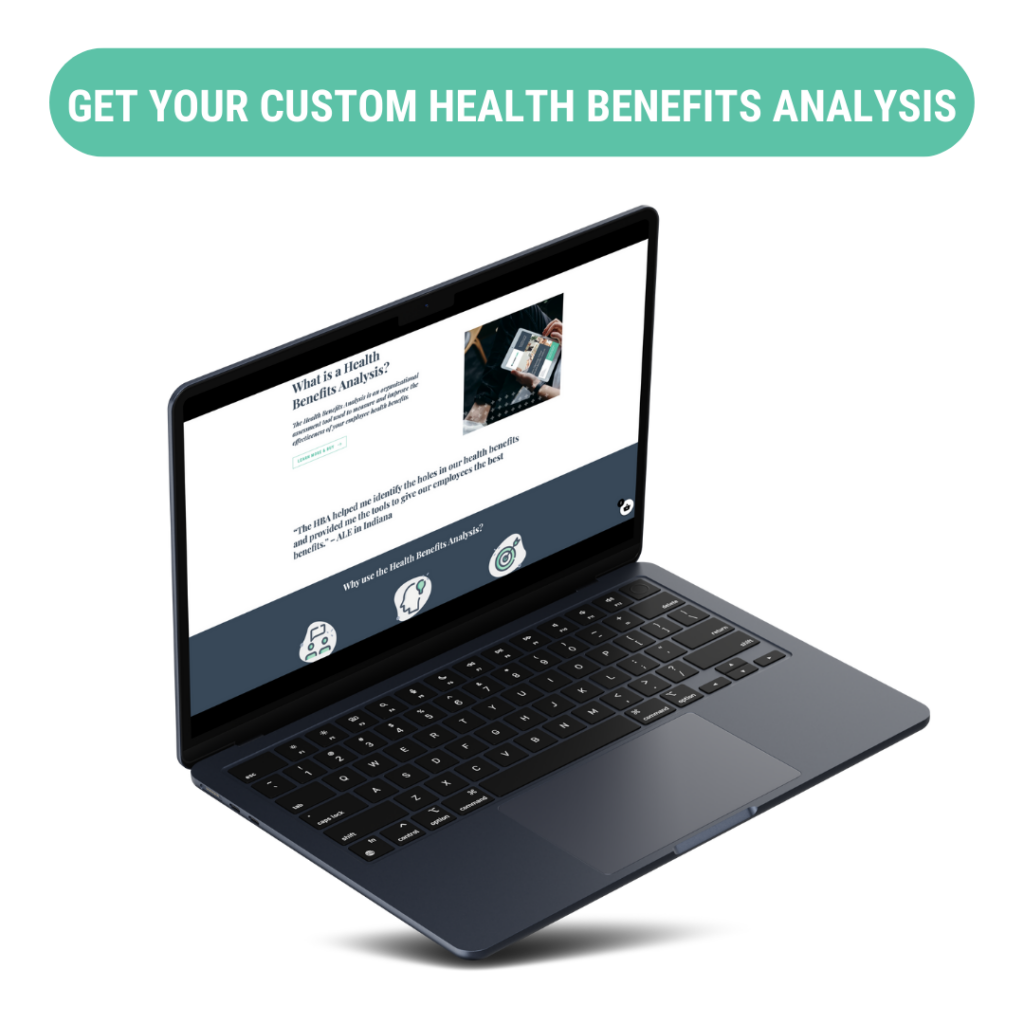Important Notice: Remodel Health does not intend to provide specific insurance, legal, or tax advice. Remodel Health always recommends consulting with your own professional representation to properly evaluate the information presented and its appropriate application to your particular situation.
Employers often feel stuck in their expensive health benefits plan. Group products increase by an average of 5% each year. In the last 6 years, costs have gone up by a third!
Since this is not a sustainable solution, employers have sought out new methods to cut costs and care well for their team. One of the most successful and innovative solutions is the “wage increase” model.
1. What is the “wage increase” model?
Healthcare costs have gone up for years. The largest jump occurred just after the Affordable Care Act unsettled the industry. Employers were desperate. So much so, they asked the IRS if they could cancel their group plans and simply give raises instead. This way, their employees could just shop the Individual Marketplace on their own, go onto their spouse’s plan, or join a sharing program.
Thankfully, in 2015, the IRS approved this request in Notice 2015-17. Today, we call it the “wage increase” model.
When an employer provides a wage increase and does not make it conditional to the purchase of health benefits, the arrangement is considered compliant with both health insurance and tax law. In these scenarios, it doesn’t matter if the employee uses those extra dollars for an individual plan, their spouse’s plan, or even a sharing program. The decision is completely up to the individual.
2. How does this model work?
To begin using a wage increase model, an employer must first cancel their group plan. In lieu of offering health benefits, the employer determines how much of a wage increase they will give each employee. This can be a flat amount across the board or unique to each individual. Since it is a taxable wage increase, the amounts can be very flexible.
Notice 2015-17 also states, “Providing employees with information about the Marketplace or the premium tax credit under Code § 36B is not endorsement of a particular policy, form, or issuer of health insurance.”
Depending on their personal household data (such as income or family size), employees may be eligible for Advanced Premium Tax Credits. These tax credits feel like discounts when buying individual products. This usually means employees can find better coverage for a cheaper cost than through a group plan.

3. What are some cons to this model?
While the wage increase model comes with many advantages for both the employer and the employee, it does usher in some difficult decisions.
Flat amounts provided to all employees might sound fair. However, individual products have individual prices based on individual people. Finding out how much you should give each employee can be difficult. Thankfully, Remodel Health has developed software to help solve this very problem!
Employees also go from having 2 to 3 choices to having over 40 plans to choose from. While it’s good to have options, it can feel overwhelming. Thankfully, Remodel Health’s expert team of non-commissioned benefits coaches can help employees find the individual plan that fits their needs best!
4. When does the “wage increase” model work best?
Cancelling a group plan and cutting costs might sound really exciting for the employer, but employees can win from the “wage increase” model, too! One of the biggest advantages for employees is their newly gained access to tax credit discounts. Since higher wage earners receive less tax credits, this particular model often works best for employers with lower wage earners.
Pro Tip: For churches offering housing allowance to their pastors, the allowance does not count toward their modified adjusted gross income, which means they qualify for even more tax credits.
Employers who do have higher wage earners may want to evaluate using an Individual Coverage HRA (ICHRA) instead. This innovative solution provides a similar flexibility to the “wage increase” model, and supplies employees with healthcare dollars to spend tax-free.
You can easily calculate your savings using our online estimator tool, and then be sure to connect with one of our benefits consultants for a full, free analysis by emailing [email protected].

Important Notice: Remodel Health does not intend to provide specific insurance, legal, or tax advice. Remodel Health always recommends consulting with your own professional representation to properly evaluate the information presented and its appropriate application to your particular situation.
